Unlocking Efficiency and Consistency: The Power of Design Systems in Digital Product Development
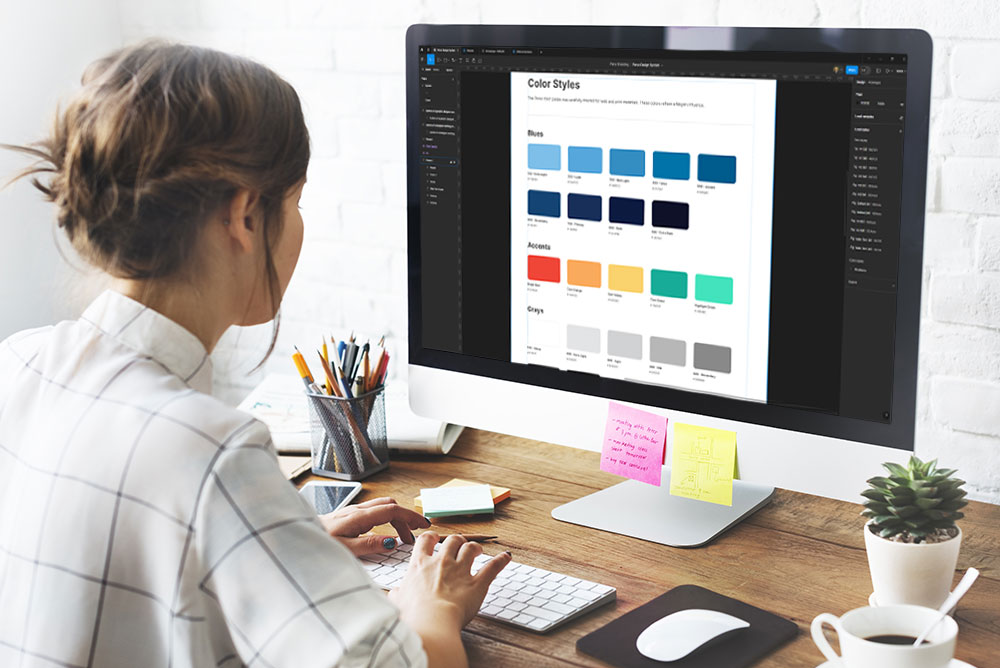
In the ever-evolving landscape of digital product development, efficiency and consistency are paramount. As the demands of users continue to evolve and competition intensifies, companies are under increasing pressure to deliver high-quality digital experiences quickly and cost-effectively. In this environment, design systems have emerged as a powerful tool for achieving these objectives.
Understanding Design Systems
At its core, a design system is a collection of reusable components, guided by clear principles and standards, that helps ensure consistency and efficiency in the design and development process. It encompasses everything from typography and color palettes to UI components and interaction patterns, providing a comprehensive framework for building digital products.
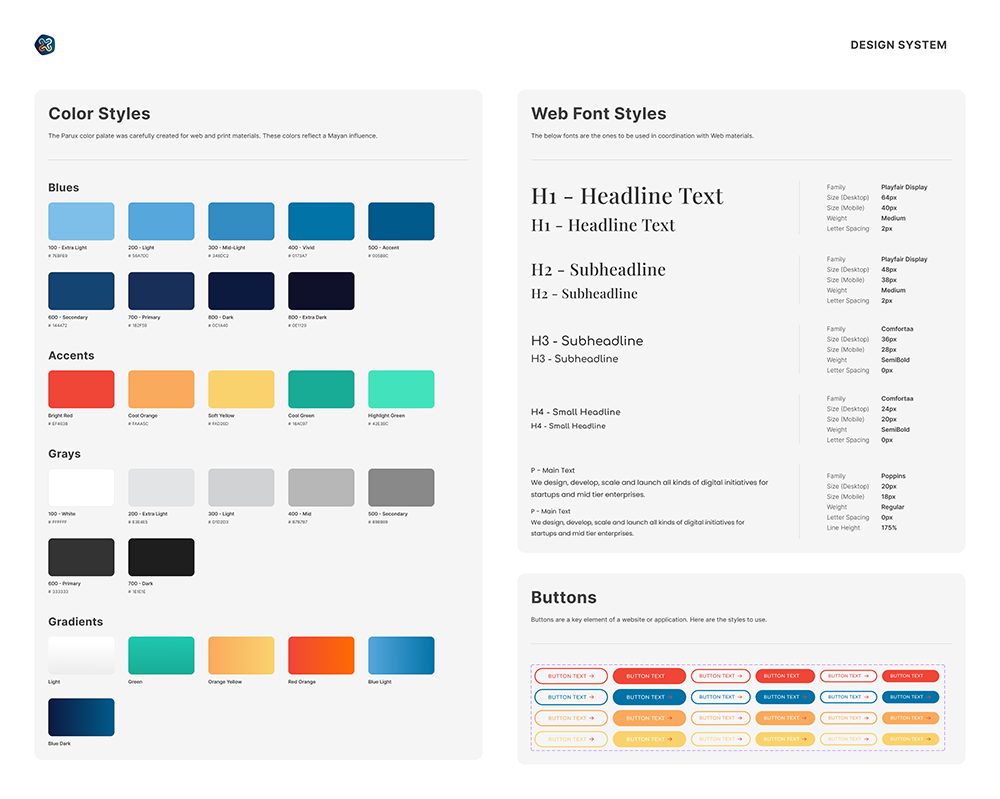
The Benefits of Design Systems
The benefits of design systems are manifold. First and foremost, they streamline the design process, allowing designers to work more efficiently and iterate rapidly. By providing a centralized repository of components and guidelines, design systems eliminate the need to reinvent the wheel with each new project, saving time and effort.
Moreover, design systems promote consistency across products and platforms. By adhering to a set of established standards, designers and developers can ensure that the user experience remains cohesive and seamless, regardless of the context. This consistency not only enhances the usability of the product but also strengthens the brand identity, fostering trust and loyalty among users.
Implementing Design Systems at Parux
At Parux, we understand the importance of design systems in delivering exceptional digital experiences. We have developed our own process to create robust design systems that serves as the foundation for all of our projects. This system encompasses a comprehensive set of guidelines, components, and tools that enable our team to work more efficiently and collaboratively.
One of the key challenges we have encountered in implementing design systems is resistance from clients who may not fully understand their value. To address this challenge, we take a proactive approach to education and communication, explaining the benefits of design systems and demonstrating how they can accelerate the development process and improve the quality of the final product.

Key Components of Design Systems
A well-designed design system consists of several key components, each serving a specific purpose in the development process. These components include:
Brand Guidelines
Establishing guidelines for typography, color palettes, and visual style to ensure consistency across all touchpoints.
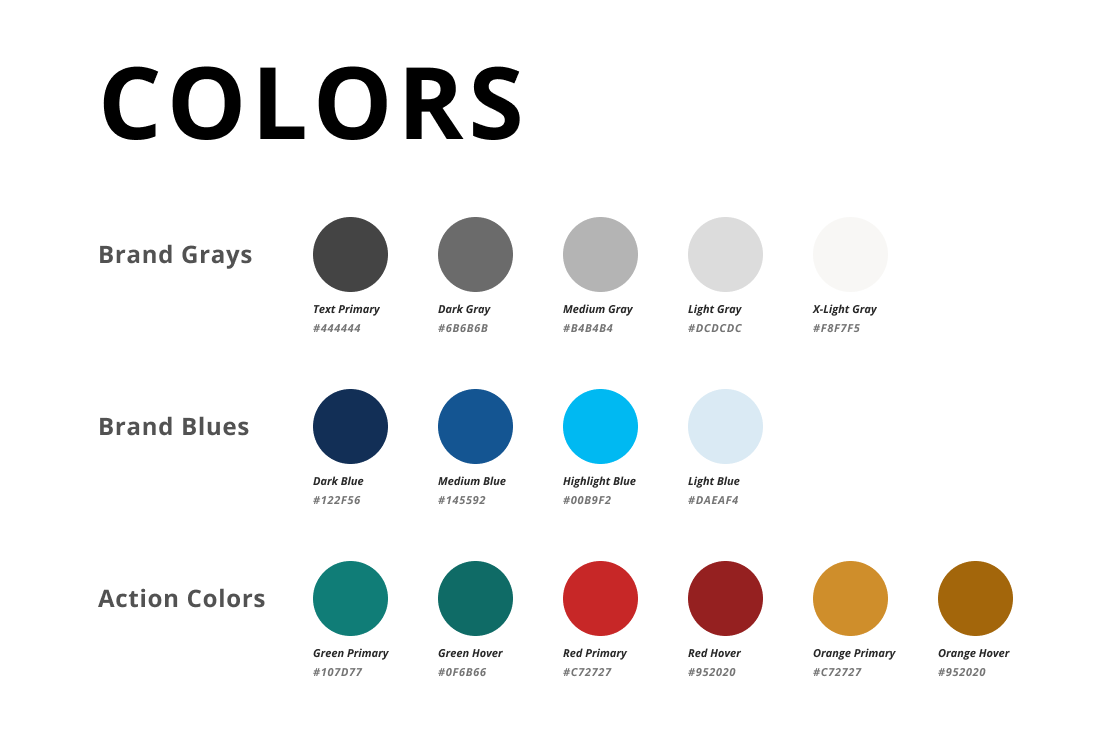
UI Components
Building a library of reusable UI elements, such as buttons, forms, and navigation menus, to expedite the design process and maintain consistency.
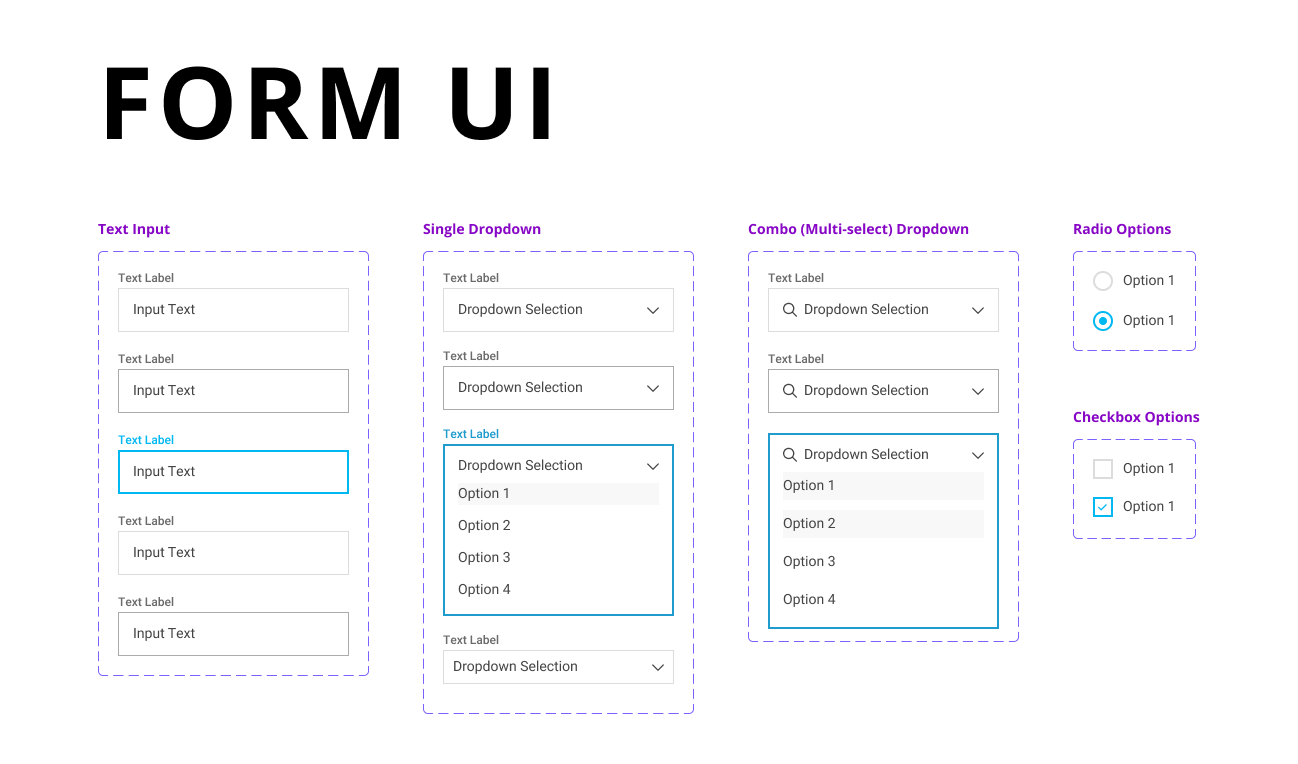
Design Patterns
Documenting common design patterns and interaction flows to provide guidance to designers and developers.
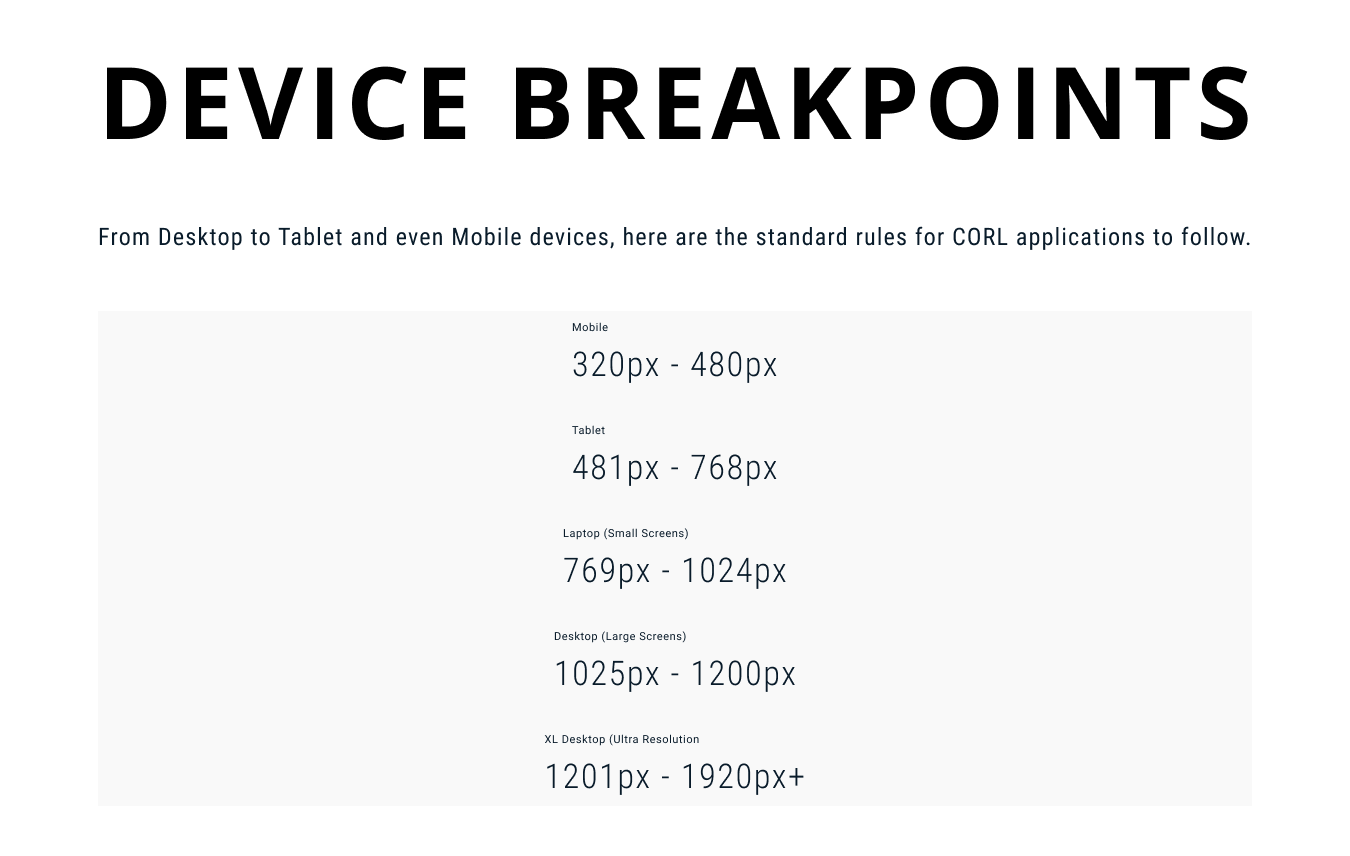
Accessibility Guidelines
Incorporating accessibility best practices to ensure that the product is usable by all users, regardless of their abilities.
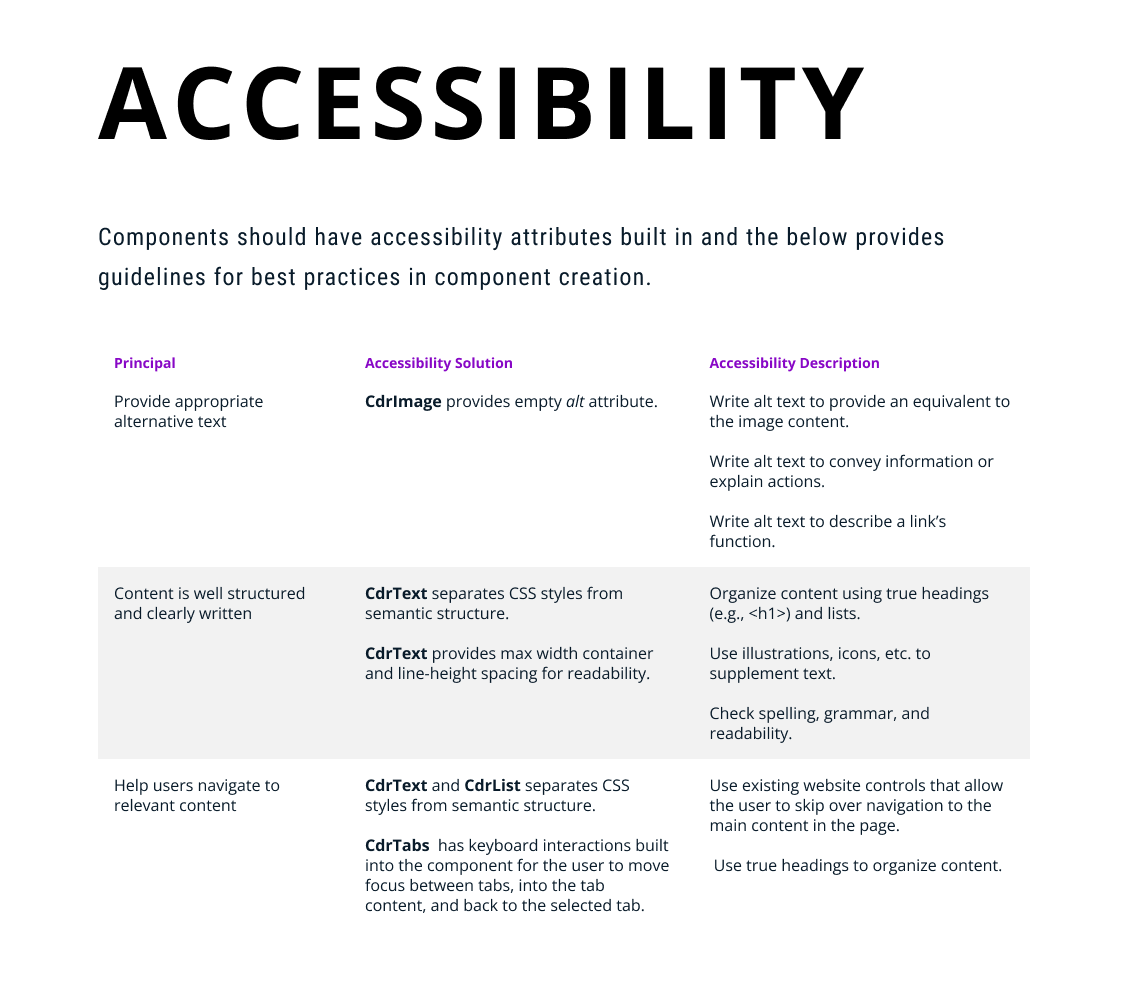
By addressing each of these components comprehensively, design systems enable teams to work more efficiently and collaboratively, ultimately leading to better outcomes for clients and users alike.
Success Stories
The success of design systems is evident in the feedback we have received from our clients. By implementing design systems, we have been able to significantly reduce time-to-market for digital products, allowing our clients to stay ahead of the competition and meet the evolving needs of their users.
One client, a startup in the healthcare industry, approached us with a tight deadline and a complex set of requirements for their web application. By leveraging our design system, we were able to rapidly prototype and iterate on the design, and share visuals with their development team, ultimately delivering a polished product that would not have been possible without the design system we created.

Educating Clients and Stakeholders
Educating clients and stakeholders about the value of design systems is crucial to their successful implementation. At Parux, we take a proactive approach to education, hosting product discussions, creating webinar content and sometimes training sessions to familiarize clients with the benefits of design systems and how they can be leveraged to achieve their business objectives.
One effective strategy we have found is to provide real-world examples of how design systems have been successfully implemented in similar projects. By demonstrating the tangible benefits, such as improved efficiency, consistency, and user satisfaction, we can build confidence and buy-in from clients and stakeholders.
Best Practices for Design System Implementation
While every design system is unique, there are some best practices that apply across the board. These include:
Start small and iterate
Rather than trying to create a perfect design system from the outset, start with a small sampling and iterate based on feedback from designers, developers, and users.
Involve stakeholders early and often
Design systems are most effective when they are developed collaboratively with input from all stakeholders. Involve designers, developers, product managers, and other key stakeholders from the outset to ensure that the design system meets the needs of all parties.
Document everything
Clear documentation is essential for ensuring that the design system is used consistently across projects. Documenting guidelines, components, and patterns helps ensure that everyone is on the same page and reduces the risk of inconsistencies.
Foster a culture of collaboration
Design systems are most effective when they are embraced by the entire organization. Encourage collaboration and communication between designers and developers to ensure that the design system is used effectively and consistently.
Measuring Success
Measuring the success of a design system can be challenging, but there are several principles that can help gauge its effectiveness. These include:
Time-to-market
How quickly are new features and products being delivered?
Consistency
Are design and development teams adhering to the guidelines and standards established by the design system?
User satisfaction
Are users satisfied with the usability and consistency of the product?
Developer productivity
Are developers able to work more efficiently and effectively with the design system in place?
By tracking these categories and gathering feedback from stakeholders, teams can gain valuable insights into the impact of the design system and identify areas for improvement.
Conclusion
In conclusion, design systems are a powerful tool for achieving efficiency, consistency, and quality in digital product development. By providing a centralized repository of guidelines, components, and tools, design systems enable teams to work more efficiently and collaboratively, ultimately leading to better outcomes for clients and users alike. At Parux, we remain committed to leveraging the power of design systems to deliver exceptional digital experiences that drive business results.
Schedule Your Free Strategic Project Review & Project Brief
Developing great digital products is our passion. Not sure how to start that journey? Let us help you find the right path. Schedule a free 1-hour consultation with our team. At the end we’ll deliver a Project Brief that will help you to crystalize your vision.
